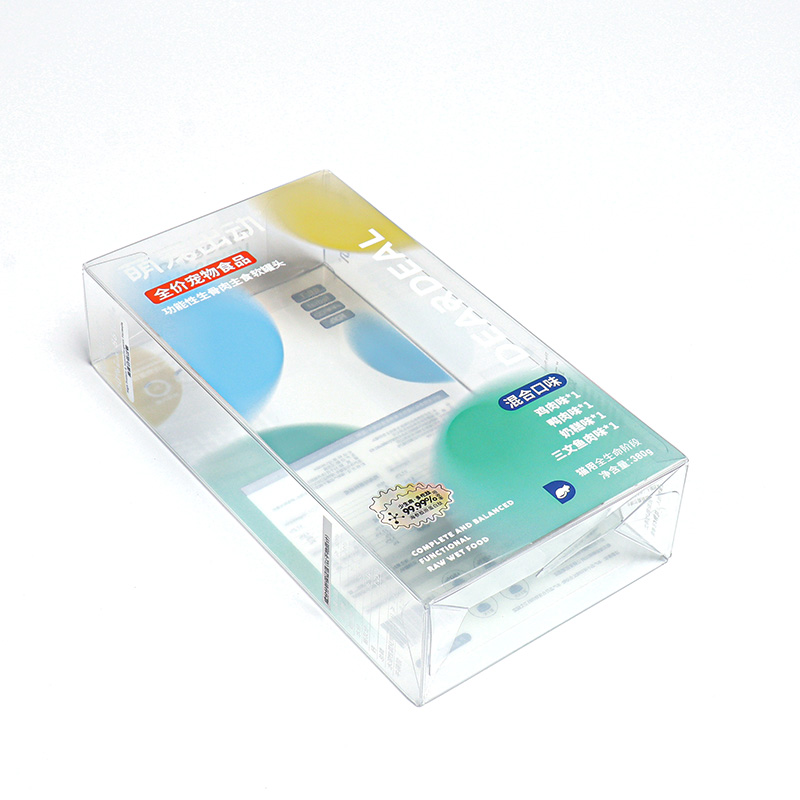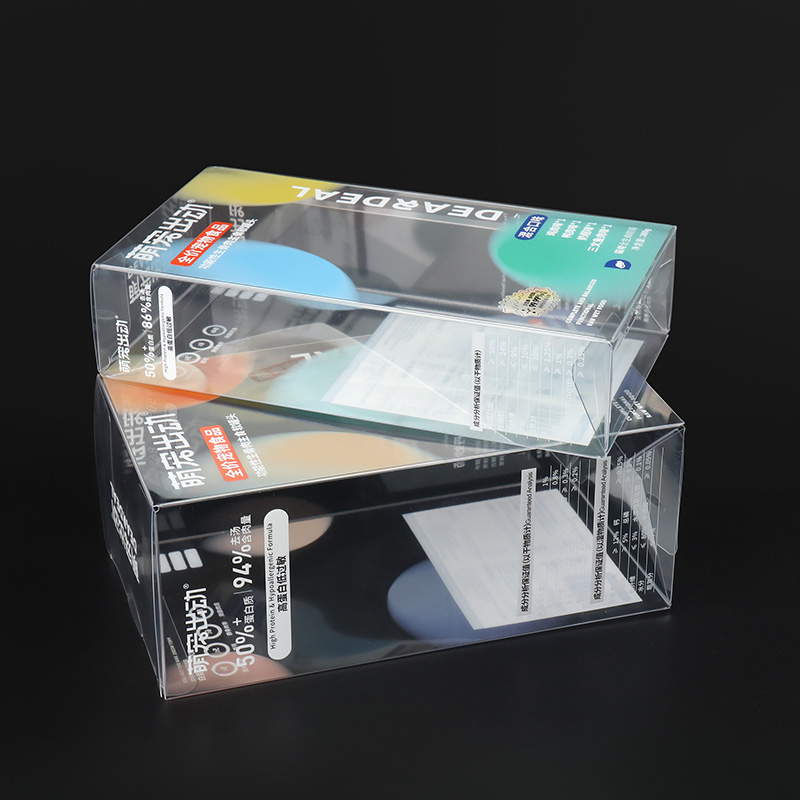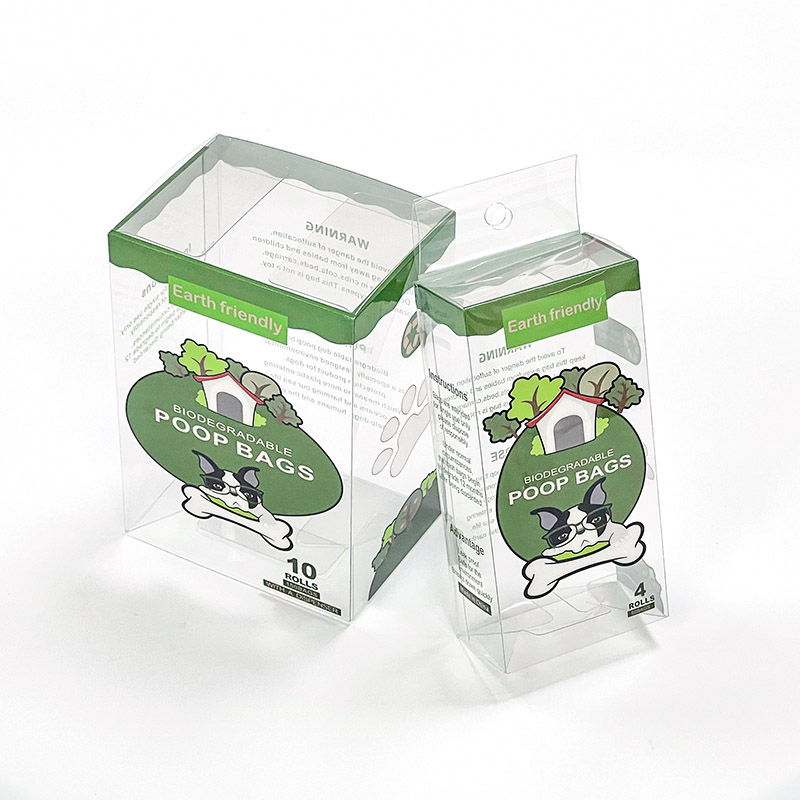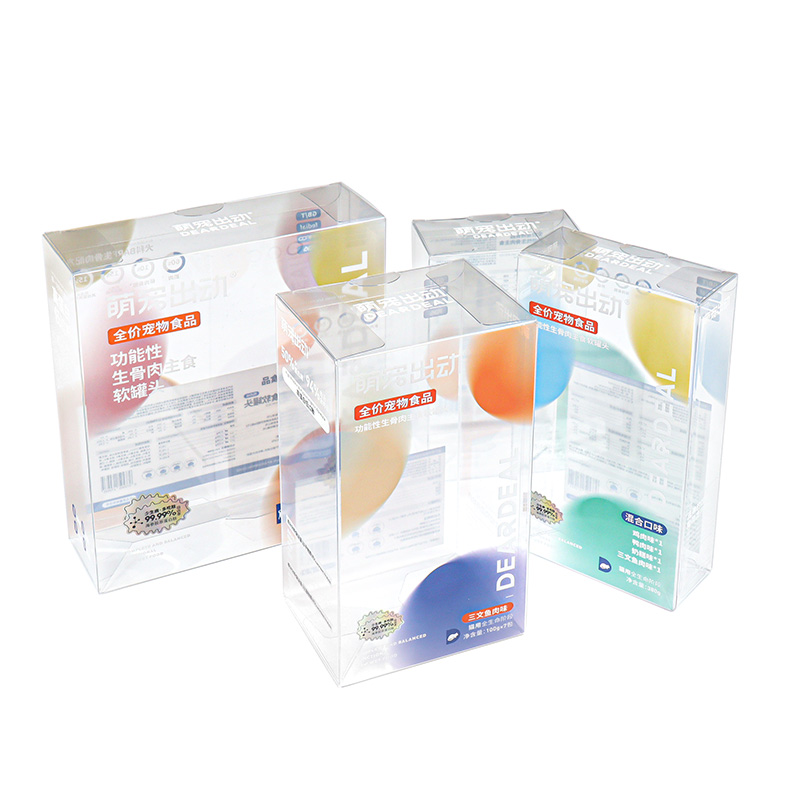Die Blistertechnologie ist ein gängiges Verfahren zur Herstellung einer Vielzahl von Kunststoffprodukten und findet breite Anwendung in den Bereichen Lebensmittelverpackungen, medizinische Geräte, Artikel des täglichen Bedarfs usw. Der thermoplastische Kunststoff PET wird wegen seiner hervorragenden mechanischen Eigenschaften, seiner Transparenz und seiner Lebensmittelechtheit bevorzugt. In diesem Beitrag befassen wir uns mit den Grundsätzen und Eigenschaften von lebensmittelechten PET-Folien für das Blisterverfahren.

Was ist PET-Material?
PET material properties PET (polyethylene terephthalate) is a thermoplastic with good mechanical properties, heat resistance and chemical stability. Its molecular chain structure has regularity, which is favourable for processing and modification.PET material is widely used in food packaging, because it has high requirements for food freshness and safety.
PET Blister Principle
PET Blister Principle PET food grade sheet blister is the process of placing heated and melted PET sheet on the mould, fitting the sheet to the surface of the mould through negative pressure, and then cooling and forming. Its main principles are as follows:
1. material melt fluidity PET material presents good melt fluidity within a certain temperature range, which enables the PET sheet to flow uniformly inside the mould when heated, filling all the subtle spaces of the mould. This helps to form complex shapes and details of the product.
2. Vacuum Adsorption While heating, negative pressure is applied inside the mould, creating a vacuum adsorption effect. This causes the softened PET sheet to fit perfectly against the mould surface, maintaining the desired shape. Vacuum adsorption also helps to remove air bubbles, improving the quality and transparency of the finished product.
3. Cooling When the PET sheet is fitted to the mould, the cooling medium will emit heat through the mould surface, causing the PET to become solid again. During this process, the PET will maintain the desired shape to get the final blister moulded product.

Schlussfolgerung
PET Blister Process The PET food grade sheet blister process mainly includes: sheet preheating, blister moulding, cooling curing and demoulding steps. By controlling the parameters such as temperature, adsorption strength and cooling rate, ideal finished products can be obtained.
Conclusion PET food grade sheet blister moulding has a wide range of applications as an important processing method. An in-depth understanding of the characteristics of PET material and the principle of suction moulding can help optimize the suction moulding process and improve product quality and production efficiency. In the future, with the continuous development of science and technology, PET blister technology will play a greater role in food packaging and other fields.
Verwandte Produkte























